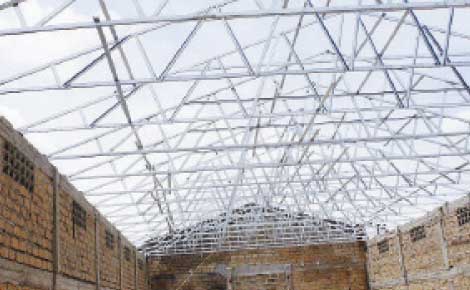×
The Standard e-Paper
Home To Bold Columnists

Developers are realising that they gain more by using this material than other conventional roofing materials, and it is an avenue you can explore when you are building your home, writes JAMES WANZALA